Grand Canyon Trust Blog
Get the latest updates on the issues you care about. With our Grand Canyon blog RSS feed, you never miss a post. Sign up
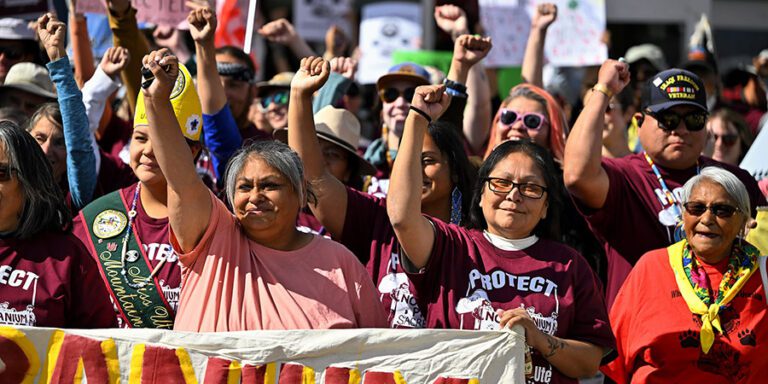
Tribal members from across the Southwest convened in White Mesa, Utah to support Ute tribal members’ protest walk against the Energy Fuels uranium mill.
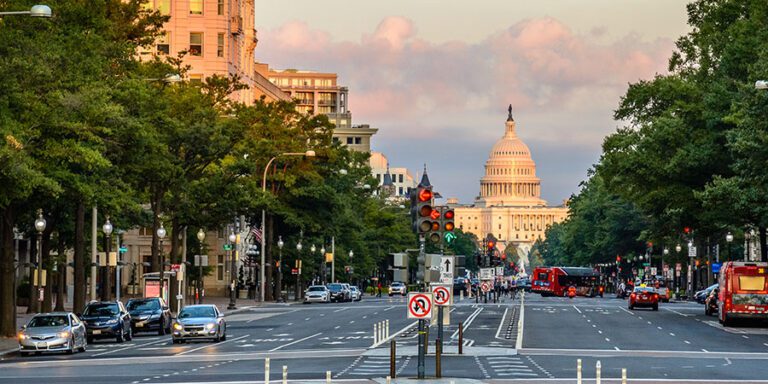
The federal government fast-tracked its environmental review of a long defunct uranium mine in southern Utah.
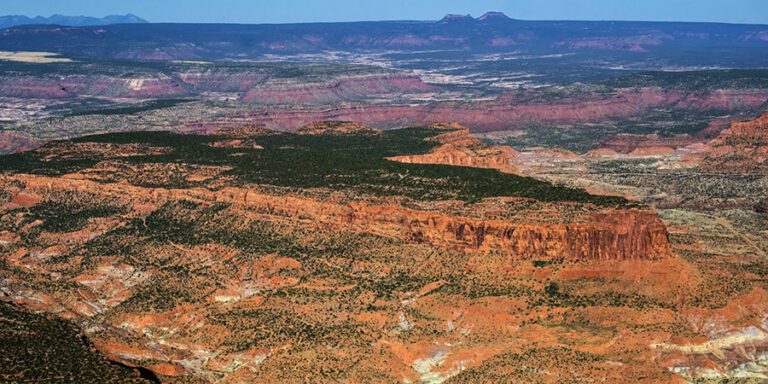
A small but meaningful victory has halted a plan to massively expand Daneros Mine, near Bears Ears National Monument.
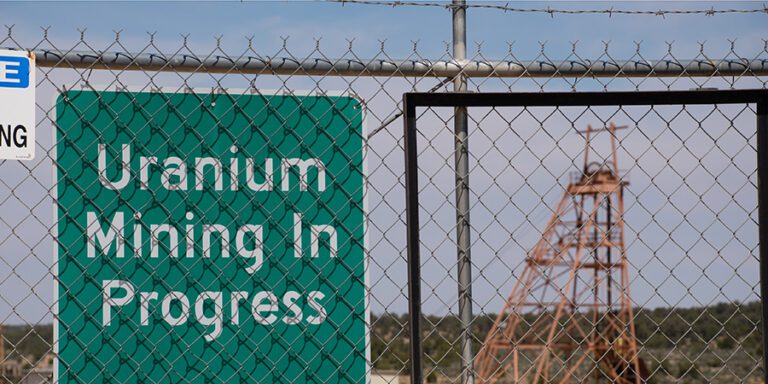
The uranium mined at Pinyon Plain Mine near the Grand Canyon is just a drop in the bucket. Given the mine’s location, it’s simply not worth the risk.
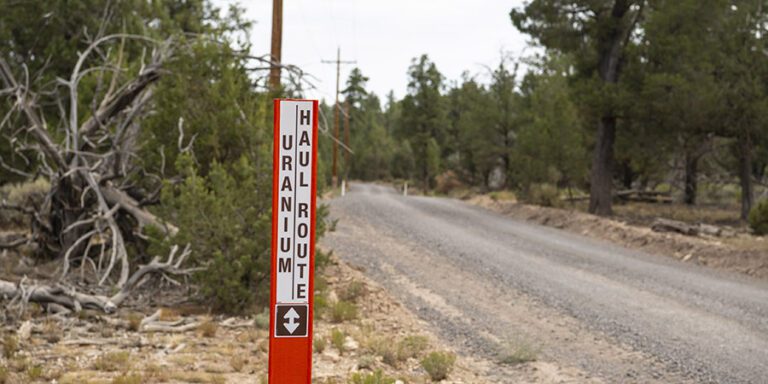
Pinyon Plain uranium mine has resumed trucking uranium ore across the Navajo Nation and Ute Mountain Ute Reservation to White Mesa.
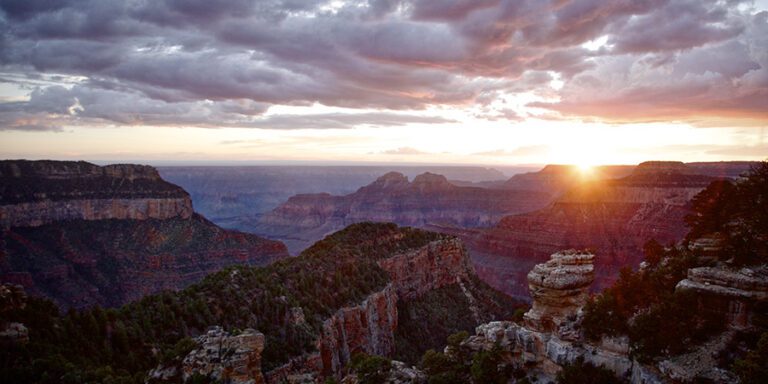
Groundwater pumping at a uranium mine near the Grand Canyon will affect the canyon’s springs, scientists says.
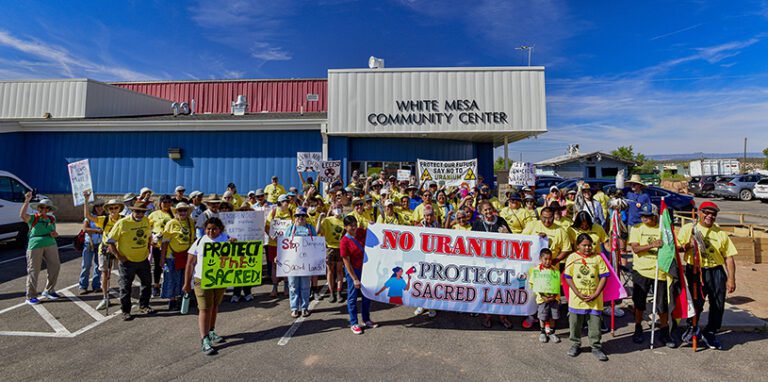
A rally in Salt Lake City followed by a spiritual walk in White Mesa demonstrate the Ute community’s determination to see uranium mill close.
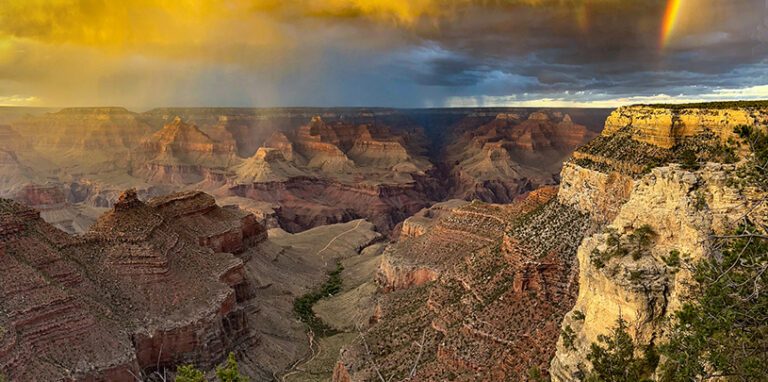
Arizona Governor Katie Hobbs is the latest elected official to call for an environmental review of Pinyon Plain uranium mine.
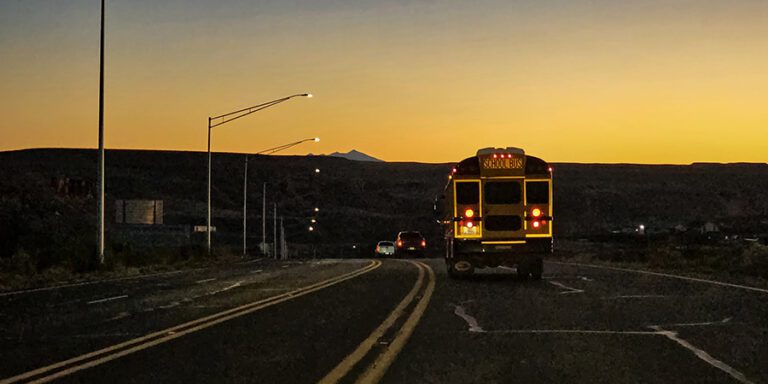
Four of the five most dangerous sections of the haul route are on the Navajo Nation.
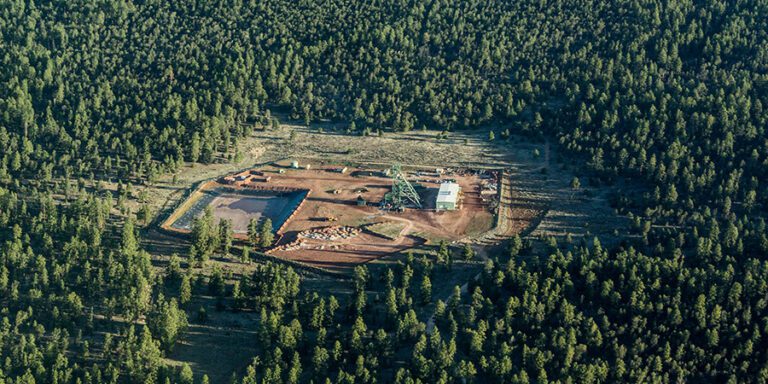
It’s time to consider what scientists have learned about groundwater in the Grand Canyon region since 2012.
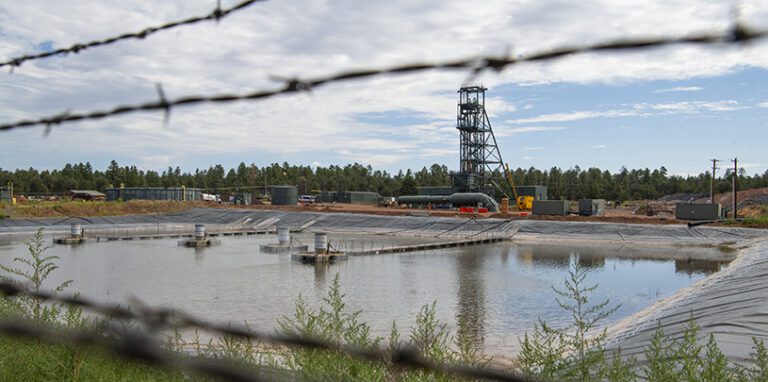
Attorney general raises concerns about groundwater contamination at Grand Canyon uranium mine.
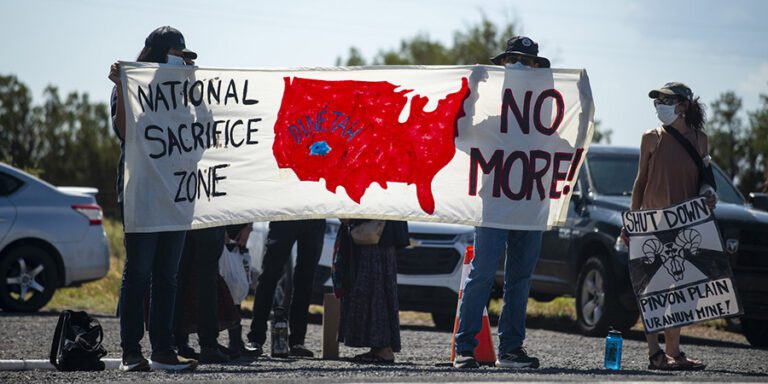
Amid protests, uranium haul trucks pause near the Grand Canyon.
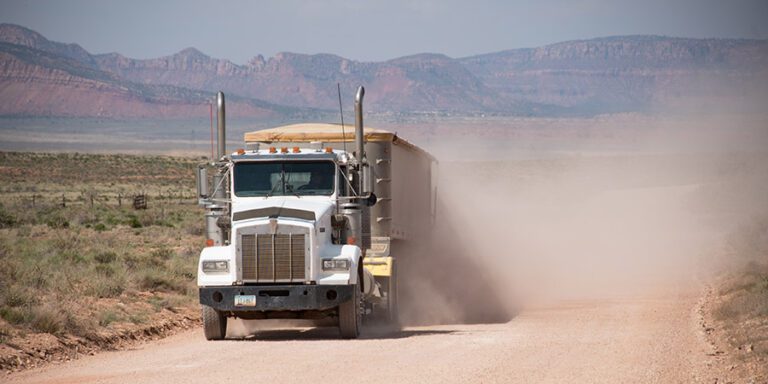
Uranium trucks are passing through Arizona, Utah, and the Navajo Nation despite strong opposition.
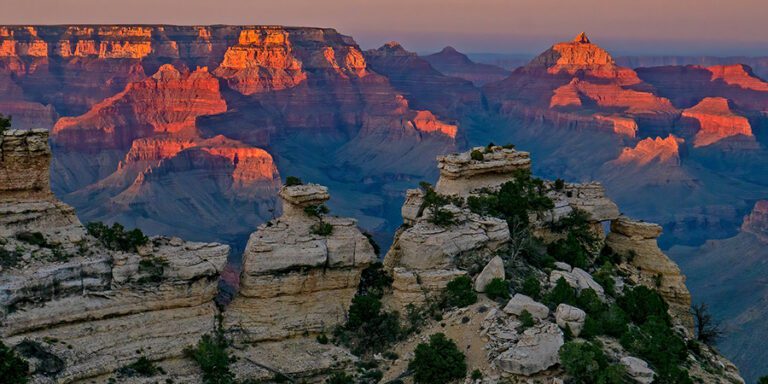
The ongoing flooding problem at a uranium mine near the Grand Canyon continues.
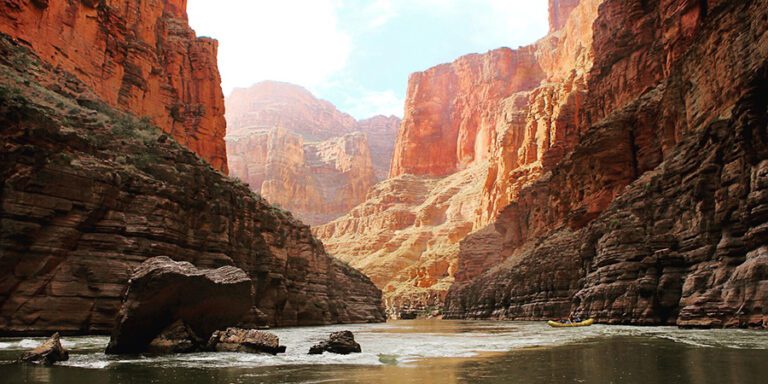
Dr. Laura Crossey explains what scientists know about groundwater in the Grand Canyon region.
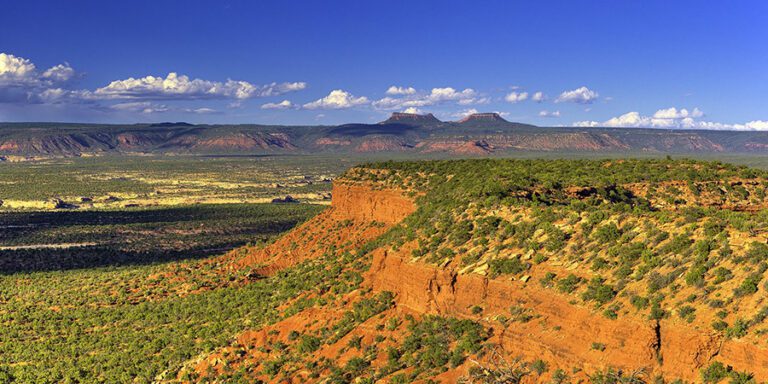
More than 275,000 pounds of radioactive materials imported from the Japan Atomic Energy Agency headed to Utah’s White Mesa Mill.
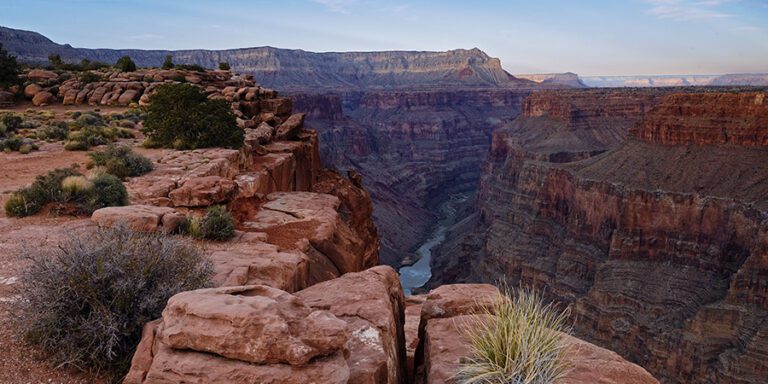
The Navajo Nation and communities along the haul route oppose uranium transport from Grand Canyon region mine.
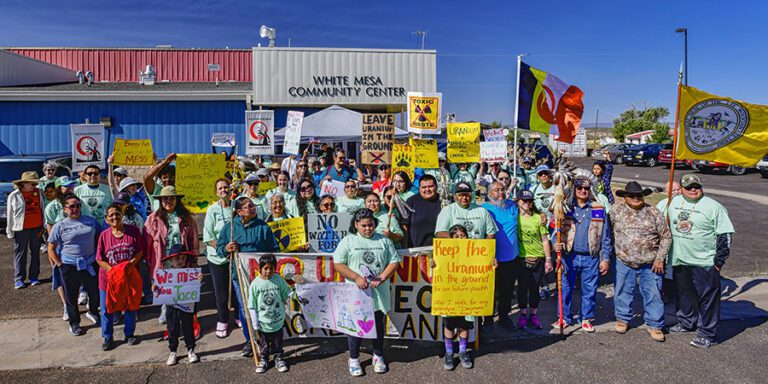
White Mesa Ute community leaders testify in Washington D.C. about how Utah’s White Mesa uranium mill, near Bears Ears, affects their lives.
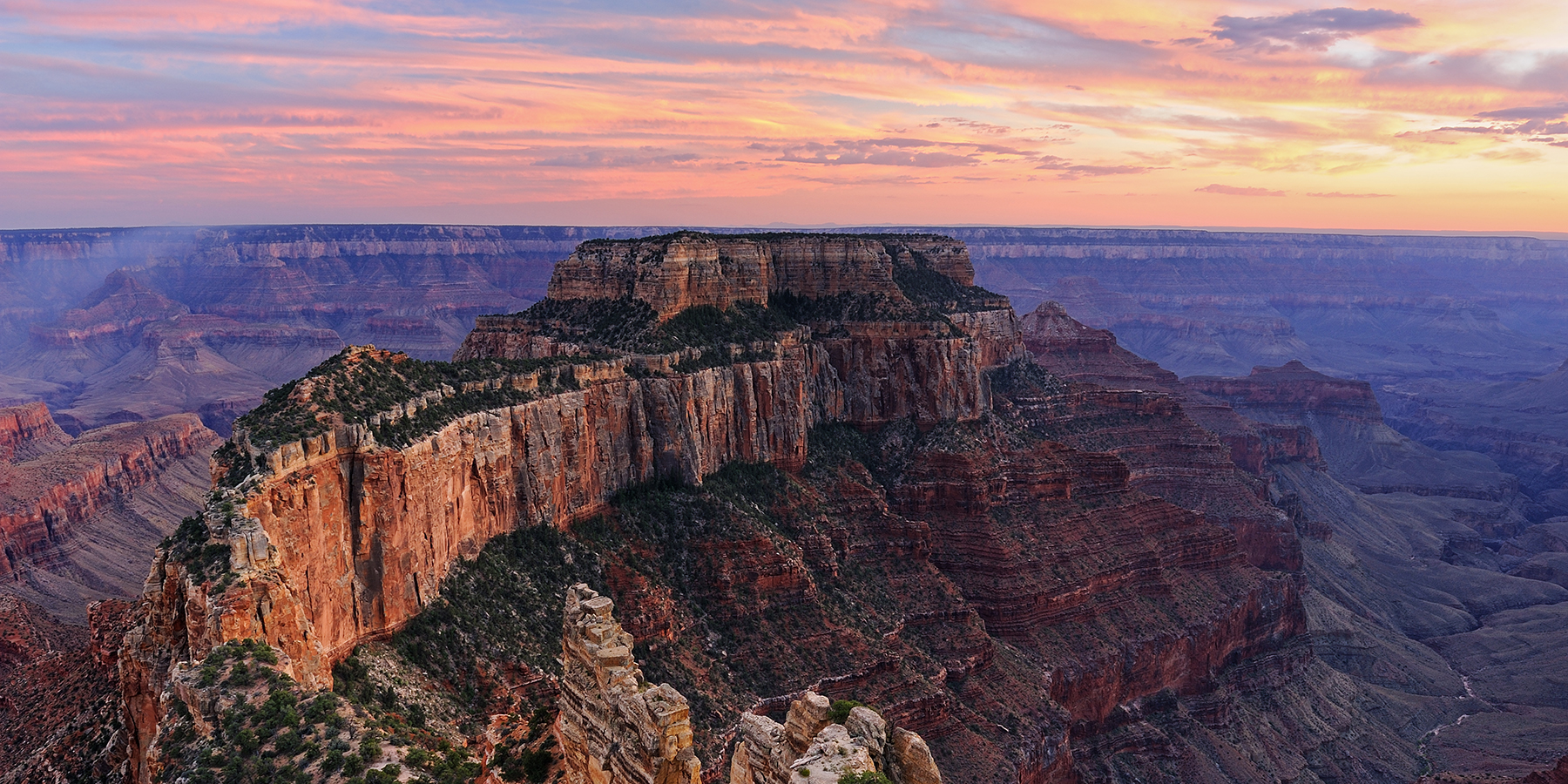
Grand Canyon Conservation Support the Trust and protect the Grand Canyon
Your donation funds on-the-ground conservation efforts and advocacy work.
